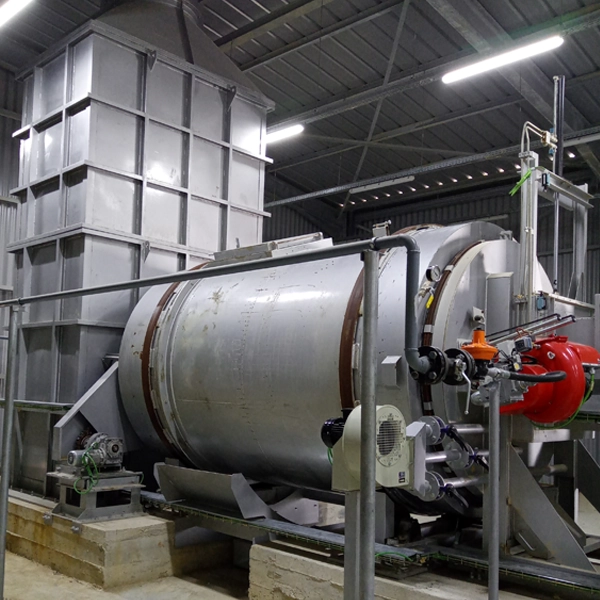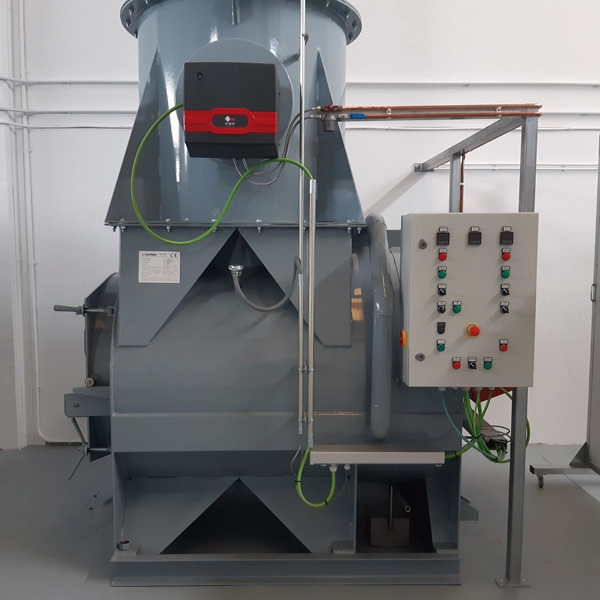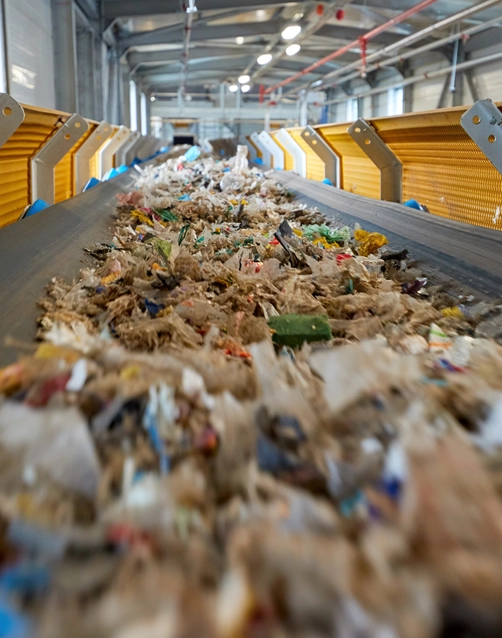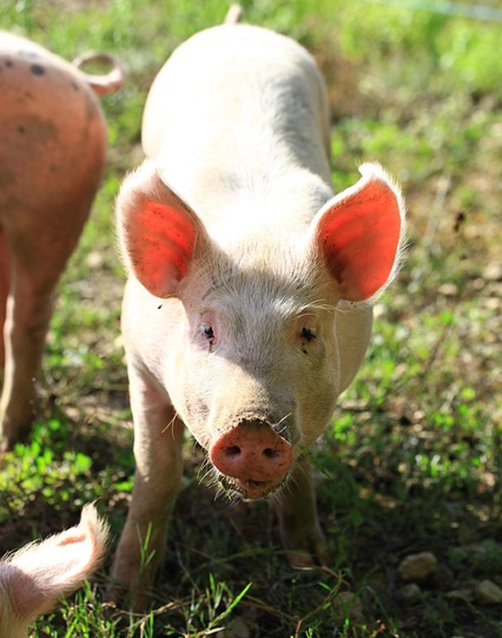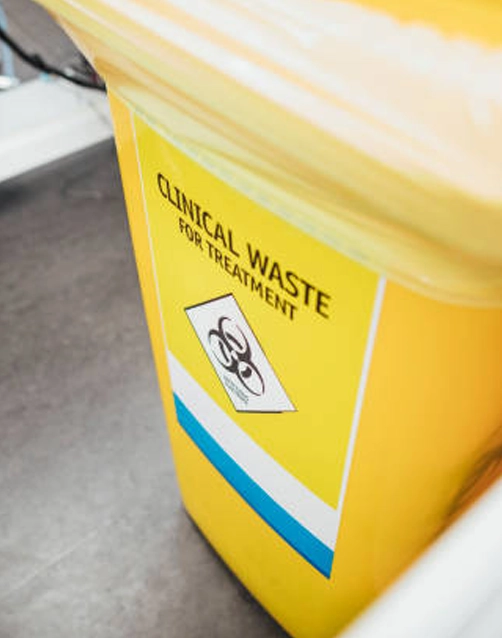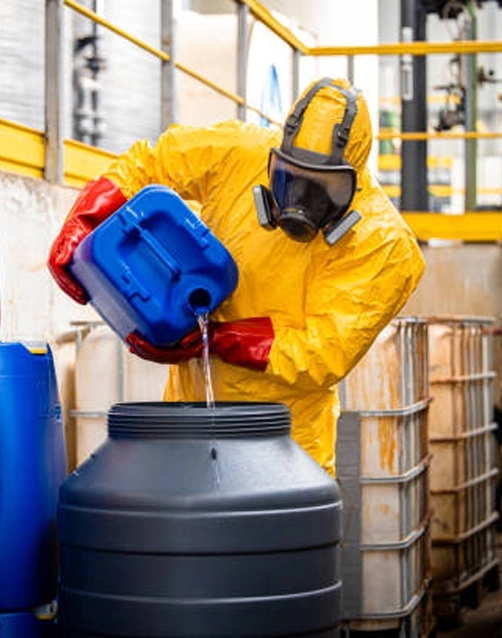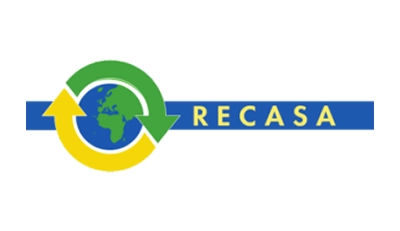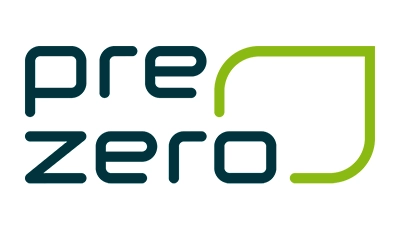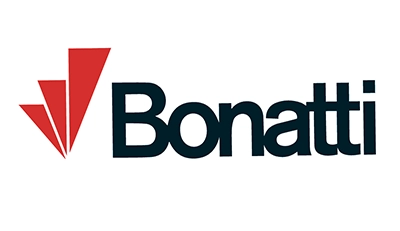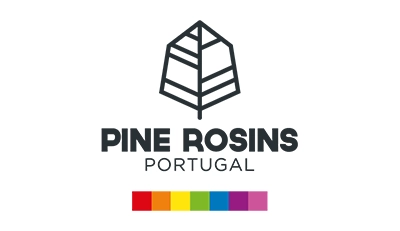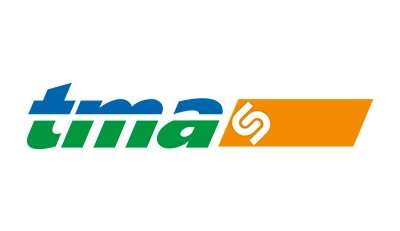WASTE-TO-ENERGY SOLUTIONS (Energy Recovery from Waste)
Waste-to-energy (WtE) is the process of recovering thermal energy generated during the combustion of waste materials.
Our waste recovery plants are designed to handle a wide range of residues and are typically structured around four key stages:
- 1. Feeding Systems: We offer fully automated and controlled feeding systems, including: Container tippers, Screw conveyors, Sludge pumps, Controlled liquid injection lances… all adapted to the specific type and condition of the waste.
- 2. Thermal Destruction: Combustion is carried out with precise control of oxygen supply and temperature, tailored to the characteristics of each waste stream.
We offer various types of thermal treatment units:”
- 3. Energy Recovery: The thermal energy released during combustion is recovered using: Steam, hot water, or thermal oil boilers;
ORC electrical turbines; Gas-to-air heat exchangers; Leachate quench systems, among others” - 4. Flue Gas Cleaning: All exhaust gases are treated using physical and chemical purification systems, ensuring full compliance with the latest environmental regulations before release into the atmosphere.
“Whether through our own teams or by supervising local contractors, we ensure a reliable installation fully aligned with technical specifications.
We guarantee compliance with technical and quality standards, coordinate functional testing, fine-tune key parameters, and train your staff to ensure a safe and efficient commissioning and start-up.”
Specialised Technical Installation & Assembly
Functional Commissioning
Operational Training
Scheduled Preventive Maintenance
Rapid Corrective Maintenance
Post-Installation Optimisation
We modernise facilities through retrofit and revamping actions, replacing obsolete components, improving thermal performance, and adapting systems to meet new regulations.
These interventions may involve partial or complete renovation of the plant depending on project needs.
Functional Technological Retrofit
Thermal, Mechanical & Structural Revamping
Actualización o reacondicionamiento de cámaras, intercambiadores, aislamientos, conducciones, etc
Efficiency Enhancement & Emissions Reduction
Advanced Automation of Thermal Processes
24/7 Remote Monitoring with K-Connect
Predictive Maintenance Using Data Analytics
We assess your installation from both technical and regulatory perspectives, identify improvement opportunities, and support compliance with environmental and legal standards.
As an industrial decarbonisation partner, we help reduce energy consumption and emissions, moving towards a cleaner industry.
Energy Efficiency & Emissions Audits
Technical & Economic Feasibility Studies
Regulatory Compliance Support
Soporte experto en IPPC, BREF, RITE, ISO y normativa medioambiental europea.
Estrategias de descarbonización térmica
Emission & Operating Condition Measurements
Continuous Rotary Kilns
The KR series is ideal for treating challenging waste types, such as:
- Industrial sludge from wastewater treatment processes, with high moisture and solid content.
- Industrial residues, such as plastics, textiles and composite materials that cannot be easily treated by other methods.
- Hazardous waste, requiring safe destruction through incineration to prevent environmental contamination.
| KR SERIES | KR-20.000 | KR-30.000 | KR-40.000 | KR-70.000 | ||||
|---|---|---|---|---|---|---|---|---|
| Waste type | Ind. | Hosp. | Ind. | Hosp. | Ind. | Hosp. | Ind. | Hosp. |
| Waste LHV (kcal/kg)* | 4000 | 3000 | 4000 | 3000 | 4000 | 3000 | 4000 | 3000 |
| Destruction capacity (kg/h) | 500 | 650 | 750 | 1000 | 1000 | 1300 | 1800 | 2200 |
| Max operating time (h/day) | 24 | 24 | 24 | 24 | ||||
| Chamber volume (m3) | 20 | 30 | 40 | 70 | ||||
Batch Rotary Kilns
The ROT series of batch rotary kilns is designed to handle highly heterogeneous mixtures of waste, including solids, sludges, and liquids. They are ideal for the destruction of difficult-to-treat waste requiring mixing during the combustion process.
These kilns require shutdown and ash removal at the end of the operating cycle.
| ROT SERIES | ROT-600 | ROT-1.000 | ROT-1.500 | ROT-2.500 | ||||||||
|---|---|---|---|---|---|---|---|---|---|---|---|---|
| Waste type | Ind. | Hosp. | Agro. | Ind. | Hosp. | Agro. | Ind. | Hosp. | Agro. | Ind. | Hosp. | Agro. |
| Waste LHV (kcal/kg)* | 4000 | 3000 | 1000 | 4000 | 3000 | 1000 | 4000 | 3000 | 1000 | 4000 | 3000 | 1000 |
| Destruction capacity (kg/h) | 50 | 65 | 125 | 85 | 115 | 230 | 130 | 175 | 350 | 220 | 300 | 600 |
| Max operating time (h/day) | 16 | 16 | 16 | 16 | ||||||||
| Chamber volume (m3) | 2,5 | 4,5 | 7 | 12 | ||||||||
Static Furnaces for Liquid Waste
The KL series of static furnaces is specifically designed for efficient incineration of liquid waste, such as solvents, used oils, liquid sludges and contaminated water.
| KL SERIES | KL-2.500 | KL-12.500 | KL-20.000 | KL-35.000 | ||||
|---|---|---|---|---|---|---|---|---|
| Waste viscosity | High | Low | High | Low | High | Low | High | Low |
| Waste LHV (kcal/kg)* | 5000 | 3000 | 5000 | 3000 | 5000 | 3000 | 5000 | 3000 |
| Destruction capacity (L/min) | 0,8 | 1,4 | 4,2 | 6,9 | 6,7 | 11,1 | 11,7 | 19,4 |
| Max operating time (h/day) | 24 | 24 | 24 | 24 | ||||
| Chamber volume (m3) | 2,5 | 12,5 | 20 | 35 | ||||
Static Furnaces
The KT series of static furnaces is designed for easily incinerable waste, such as paper, cardboard, wood, animal carcasses, clinical waste, MSW and light plastics. With horizontal loading, either automatic or manual, these kilns are designed for maximum destruction efficiency.
| KT SERIES | KT-750 | KT-1.500 | KT-4.000 | |||
|---|---|---|---|---|---|---|
| Waste type | Hosp. | Agro. | Hosp. | Agro. | Hosp. | Agro. |
| Waste LHV (kcal/kg)* | 3000 | 1500 | 3000 | 1500 | 3000 | 1500 |
| Capacidad de destrucción (kg/h) | 50 | 125 | 85 | 230 | 130 | 350 |
| Tiempo de operación máximo (h/día) | 16 | 16 | 16 | |||
| Chamber volume (m3) | 2,5 | 4,5 | 7 | |||
The KP series furnaces, known for their durability and reliability, are particularly suitable for agricultural and livestock applications. Easy to operate, they feature pre-programmed modes to simplify use and save time for operators.
| SERIE KP | KP-650 | KP-1.200 | KP-2.000 |
|---|---|---|---|
| Tipo de residuo | Agro. | Agro. | Agro. |
| PCI del residuo (kcal/kg)* | 1500 | 1500 | 1500 |
| Capacidad de destrucción (kg/h) | 50 | 50 | 50 |
| Max operating time (h/day) | 16 | 16 | 16 |
| Volumen de la cámara (m3) | 0,65 | 1,2 | 2 |
The SJ series of mobile static furnaces has been developed for treating small volumes of waste in facilities where no other disposal option is available – such as field hospitals, temporary camps, etc.
| SJ SERIES | SJ-75 | SJ-280 | ||
|---|---|---|---|---|
| Tipo de residuo | Hosp. | Agro. | Hosp. | Agro. |
| Waste LHV (kcal/kg)* | 3000 | 1500 | 3000 | 1500 |
| Destruction capacity (kg/h) | 5 | 10 | 10 | 20 |
| Max operating time (h/day) | 10 | 10 | ||
| Chamber volume (m3) | 0,65 | 1,2 | ||
Catálogue

